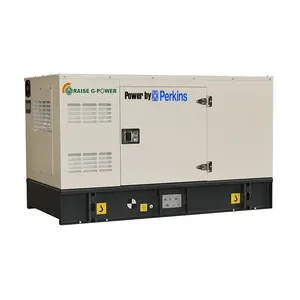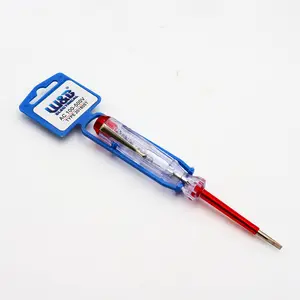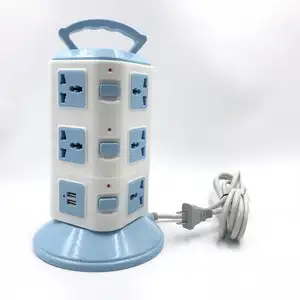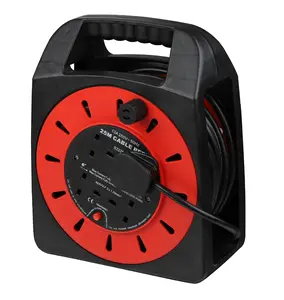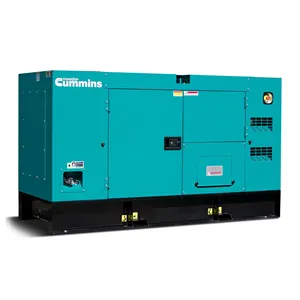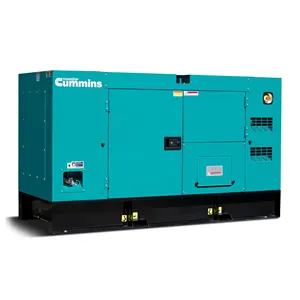Popular in your industry




















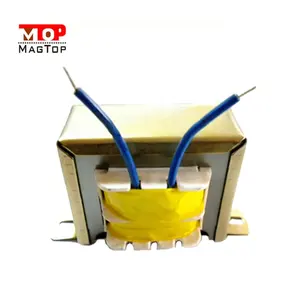





















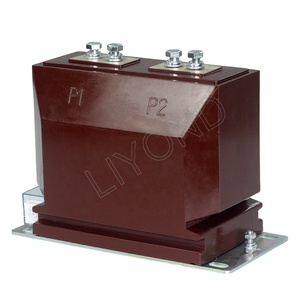









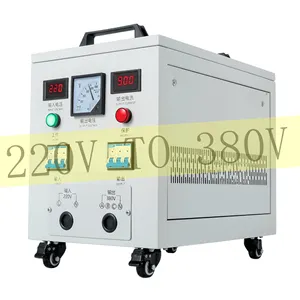











Related Searches:
















































































































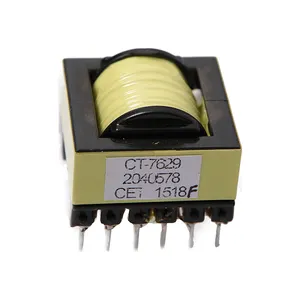












Top categories
About 12 pin transformer
Understanding Pin Transformers
Pin transformers are pivotal in the realm of electronic circuits, acting as conduits between disparate electrical systems. Their significance is underscored in the telecommunications sector, where they are instrumental in signal transmission between devices. A pin transformer is fundamentally an electrical apparatus that transmutes alternating current (AC) from a power source into direct current (DC), utilizing an array of pins wrapped in wire and a core, typically composed of ferrite.
The operational tenet of a pin transformer is anchored in Faraday's law of electromagnetic induction. The flow of AC through the primary coil, or input, engenders a fluctuating magnetic field within the core. This variable magnetic field, in turn, elicits a current in the secondary coil, or output, which is commensurate with the coil turns. By modulating the turn ratio between the primary and secondary coils, the transformer can amplify or diminish voltage levels to suit diverse applications.
Pin transformers are engineered for efficacy and dependability. Their widespread use spans power supplies, audio systems, and communication networks. Owing to their straightforward design and affordability, they are ubiquitous in electronic gadgets that necessitate an isolated DC power source. The selection of the transformer's pins is critical to ensure compatibility with the device's voltage and current parameters, while also providing requisite isolation and impedance matching.
Varieties of Pin Transformers
Diverse types of pin transformers cater to specific requirements across different scenarios. Below is a synopsis of some prevalent varieties:
-
Single-Pin Transformer: These are typically employed in scenarios where a solitary conductor requires transformation. Single-pin transformers are prevalent in rudimentary circuits, such as those in low-voltage power supplies or audio systems.
-
Multi-Pin Transformer: Capable of managing multiple connections, multi-pin transformers are integral to intricate systems. They are apt for industrial apparatus with numerous control circuits or scenarios where one transformer can supplant multiple single-pin units.
-
Three-Pin Transformer: Tailored for scenarios that demand the transformation of three-phase power, these are essential in industrial environments where substantial power and efficiency are paramount.
-
Clamp-On Transformer: Utilized when integrating a conventional transformer into a circuit is impractical, these can be clamped onto existing wires and are often used for provisional arrangements or in locations that are difficult to access.
-
High-Frequency Transformer: Operating at frequencies well above the standard 50-60Hz, these transformers are essential for applications that require meticulous voltage control and heightened efficiency. They are also noted for their light weight and versatility in various electronic devices.
Selecting the Appropriate Pin Transformer
Choosing the correct pin transformer necessitates a thorough evaluation of several factors to ensure it aligns with your enterprise's requirements. The type of pin transformer is paramount; the decision between a conventional linear pin transformer for basic tasks or a more sophisticated toroidal pin transformer for elevated power demands will guide your selection.
For entities engaged in the production or repair of electronics, it is imperative to consider the application's specific voltage, power, and frequency needs when choosing a pin transformer. High-frequency endeavors may find a switching pin transformer advantageous due to its compactness and efficiency.
Moreover, the operating environment should be taken into account, as certain models may offer superior thermal stability or resilience, which could be crucial in extreme conditions or high-temperature settings. In situations where space is constrained, flat pin transformers might be the optimal choice due to their slender design and seamless integration into limited areas.
Finally, the desired efficiency level must be considered. Linear transformers may be adequate for less intensive applications, whereas switching transformers can markedly enhance energy efficiency, particularly in high-power environments where operational costs are a consideration.
Pin Transformers on Alibaba.com
Alibaba.com distinguishes itself as a leading online marketplace for enterprises in search of dependable and efficient pin transformers. The platform's extensive assortment from certified suppliers worldwide simplifies the task for businesses to procure equipment that satisfies their precise requirements without sacrificing quality or functionality. Alibaba.com's dedication to promoting international trade is manifest in features such as mobile-friendly purchasing options and support for multiple languages, which expedite the procurement process.
The array of pin transformers available on Alibaba.com encompasses designs suitable for PCB mounting or as independent units for industrial automation. Additionally, Alibaba.com offers businesses peace of mind with services like Trade Assurance, safeguarding their payments until successful delivery.
Opting for Alibaba.com as your pin transformer provider guarantees access to a trove of expertise and resources that can bolster your business's competitive edge. Whether you require tailor-made solutions or standard models for immediate acquisition, Alibaba.com is your portal to premium equipment that empowers your operations globally.
Frequently Asked Questions about Pin Transformers
What is a Pin Transformer?
A pin transformer is an electromagnetic apparatus that facilitates the transfer of electrical energy between circuits, typically used for voltage conversion, impedance matching, and ensuring safety isolation.
How does a Pin Transformer function?
Pin Transformers harness the principle of electromagnetic induction to convey energy from one electrical circuit to another, featuring coils wound around a magnetic core, with the primary coil generating a current in response to an AC supply.
What are the principal types of Pin Transformers?
Key varieties of Pin Transformers encompass step-up and step-down transformers, auto-transformers, high-frequency transformers, and safety isolators.
How should one select the appropriate Pin Transformer?
When selecting a Pin Transformer, consider the voltage requirements for both primary and secondary sides, the intended application, and the environmental conditions. The transformer should align with your system in terms of size, voltage capacity, and safety attributes.
What distinguishes a step-up transformer from a step-down transformer?
Step-up transformers elevate voltage levels, whereas step-down transformers reduce them. Both operate on the principle of electromagnetic induction but serve contrasting functions.
Can Pin Transformers be utilized in AC and DC circuits alike?
Indeed, Pin Transformers can be engineered for use in both AC and DC circuits, tailored to the specific demands of the application.
What safety precautions are necessary when employing Pin Transformers?
Safety measures include ensuring correct installation to avert electrical shock risks and opting for a transformer that has undergone testing and certification to meet safety norms.
How do safety isolators differ from high-frequency transformers?
Safety isolators act as a barrier to prevent current flow between circuits, designed to manage power without transferring it. Conversely, high-frequency transformers operate at elevated speeds for signal processing or data communication tasks.
What considerations are vital when choosing a Pin Transformer for industrial automation?
In the context of industrial automation, select transformers that provide precise voltage and current control, withstand environmental elements, and can be integrated with other control systems.
Is custom-designing of Pin Transformers feasible?
While standard configurations are widely available, some suppliers may offer custom-designed Pin Transformers to meet specific application needs or incorporate additional functionalities.
How can I ascertain if a Pin Transformer is compatible with my system?
Compatibility hinges on the transformer's specifications aligning with your system's voltage, current requirements, spatial constraints, and the type of signal it will manage.
What materials are commonly employed in Pin Transformers?
Typical construction materials include magnetic cores of silicon steel or ferrite, windings of copper or aluminum, and various insulating substances.
Is it possible to utilize a single Pin Transformer for several circuits?
A Pin Transformer can serve multiple circuits if designed to provide isolated power or signal transfer among them. Verify the transformer's specifications for its designated purpose.
How does temperature impact a Pin Transformer's performance?
Transformers have varying operational temperature ranges. Selecting a device that can function within your system's temperature spectrum is crucial for maintaining efficiency and preventing damage.
